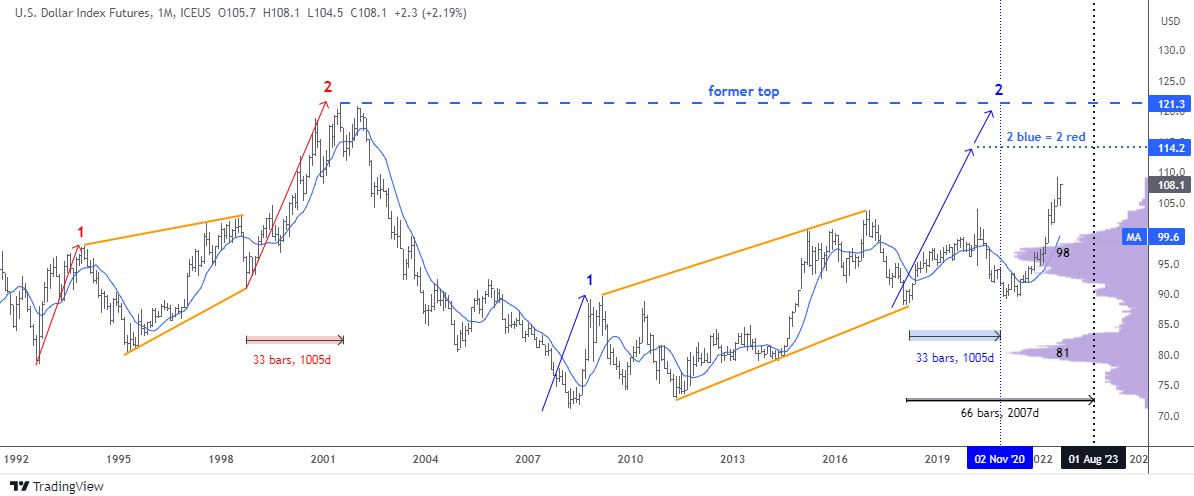Managers of the largest marijuana-focused Exchange Traded Fund now offer a 2X leveraged marijuana fund. Investors must ask themselves, “will this 2X leveraged fund give their portfolio what it needs right now to get back on track in 2022?”
The AdvisorShares MSOS 2X Daily ETF (MSOX) will offer investors a way to gain 200% exposure to the basket of marijuana stocks that the AdvisorShares management team deems viable investments.
The same company manages MSOX as the AdvisorShares Pure U.S. Cannabis ETF (MSOS). MSOS is the largest marijuana-focused fund by market capitalization at $631 million.
MSOS has overtaken the previous ETF to hold that title, the ETFMG Alternative Harvest ETF (MJ), which now has assets under management of just under $400 thousand.
With MSOS being as popular as it is, it makes sense for AdvisorShares to offer a 2X leveraged product. Especially with several states of local governments planning on voting on the legalization and decriminalization of marijuana use. If a few more states start allowing the use of marijuana, we may see the next big rally in the space. This would put MSOS and, of course, MSOX in an excellent position to capitalize on the move higher.
But making a profitable investment usually isn’t always relatively that easy. The MSOX or 2X ETF also deals with contango. The fund tells investors that MSOX should only be used for daily exposure, not a long-term holding.
Plus, little things like when a fund like this debuts is important. For example, the ETFMG 2X Daily Alternative Harvest ETF (MJXL) is essentially the same ETF as the new MSOX. They both offer investors 2X leverage on the marijuana industry.
However, MJXL debuted in July of 2021, and if you have followed the marijuana industry, you will know that industry has been down since around February 2021. The falling underlying assets or company stock prices and the daily contango effect have left MJXL with minimal assets under management. Currently, MJXL has just over $563 thousand in assets.
ETFMG also has the 2X inverted marijuana ETF, the ETFMG 2X Daily Inverse Alternative Harvest ETF (MJIN). This ETF allows investors to short the marijuana industry and get 2X the short exposure. Like MJXL, MJIN doesn’t have a lot of assets under management at just $9.95 million, but it is ten times more than MJXL currently has under control. Continue reading "New Leveraged Marijuana ETF"




